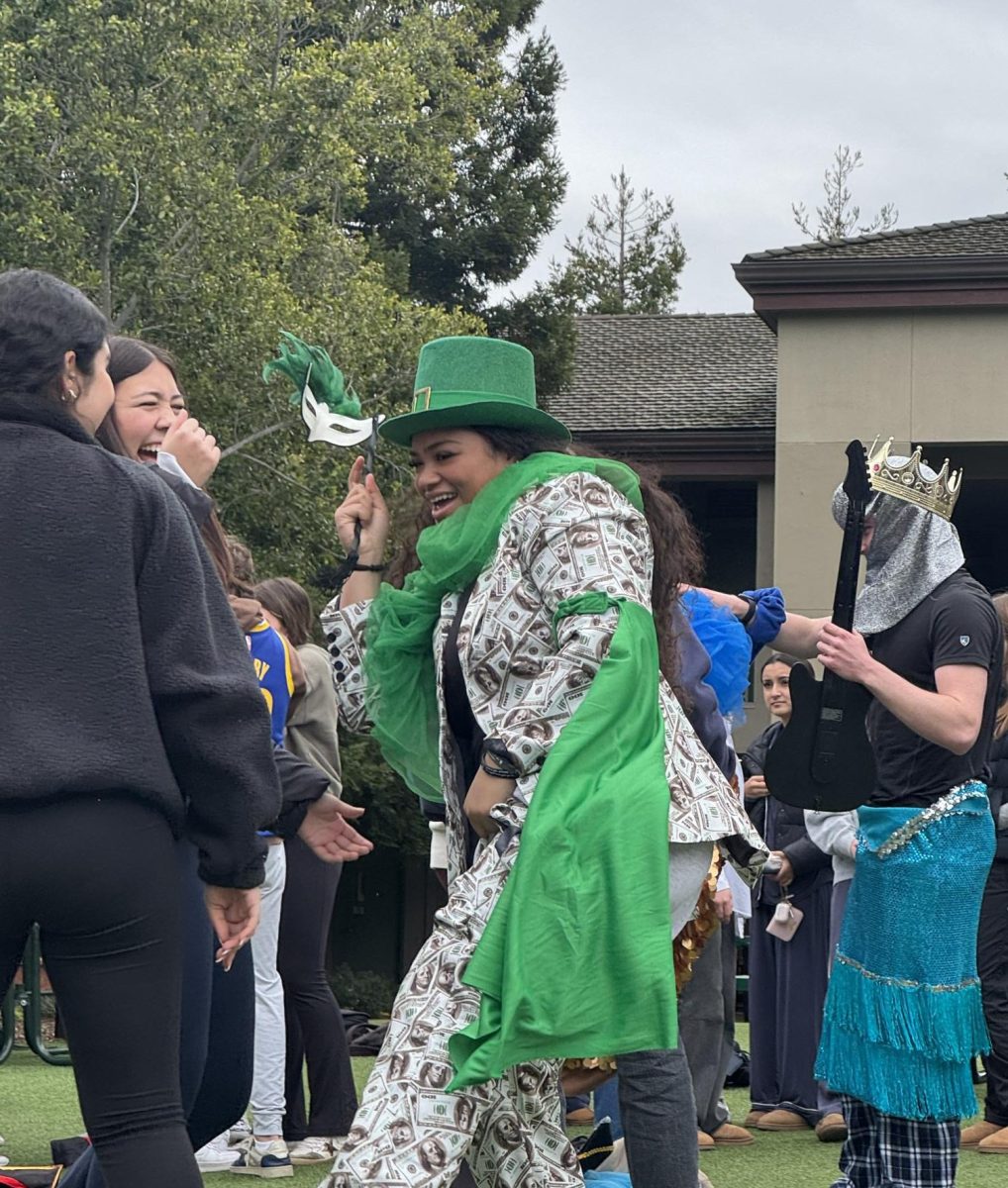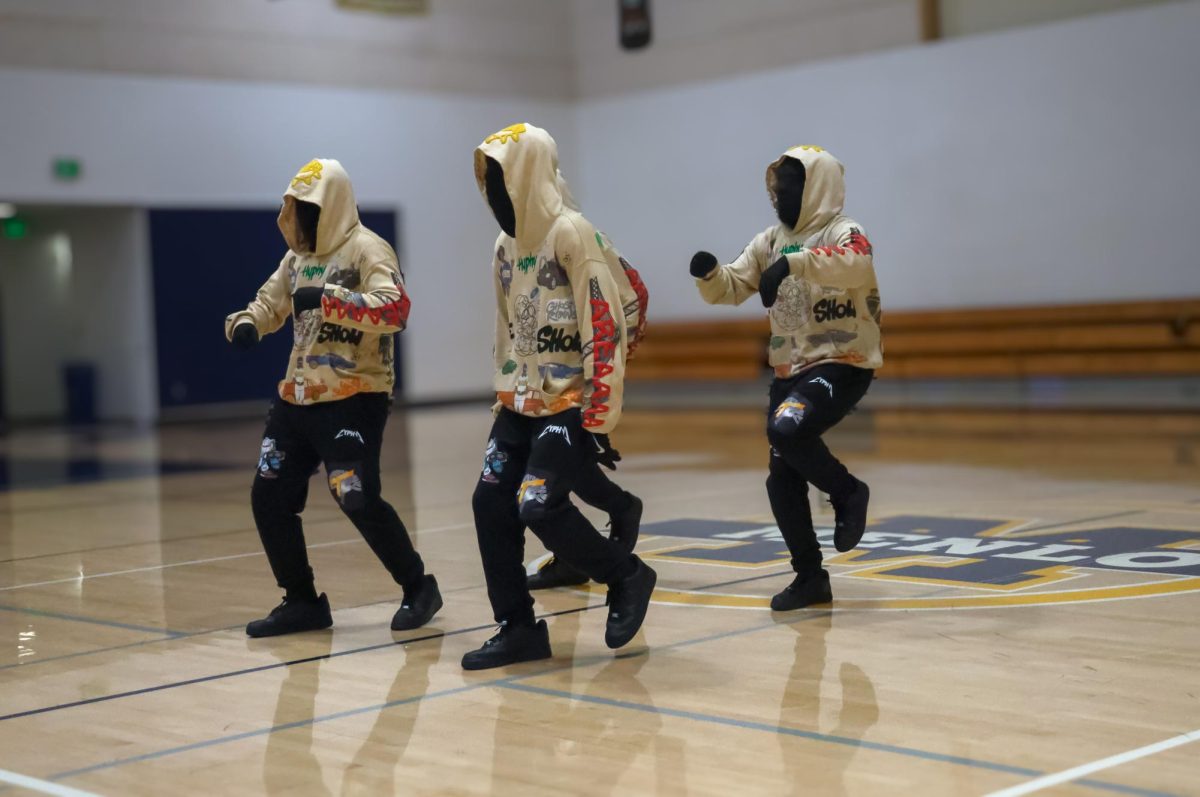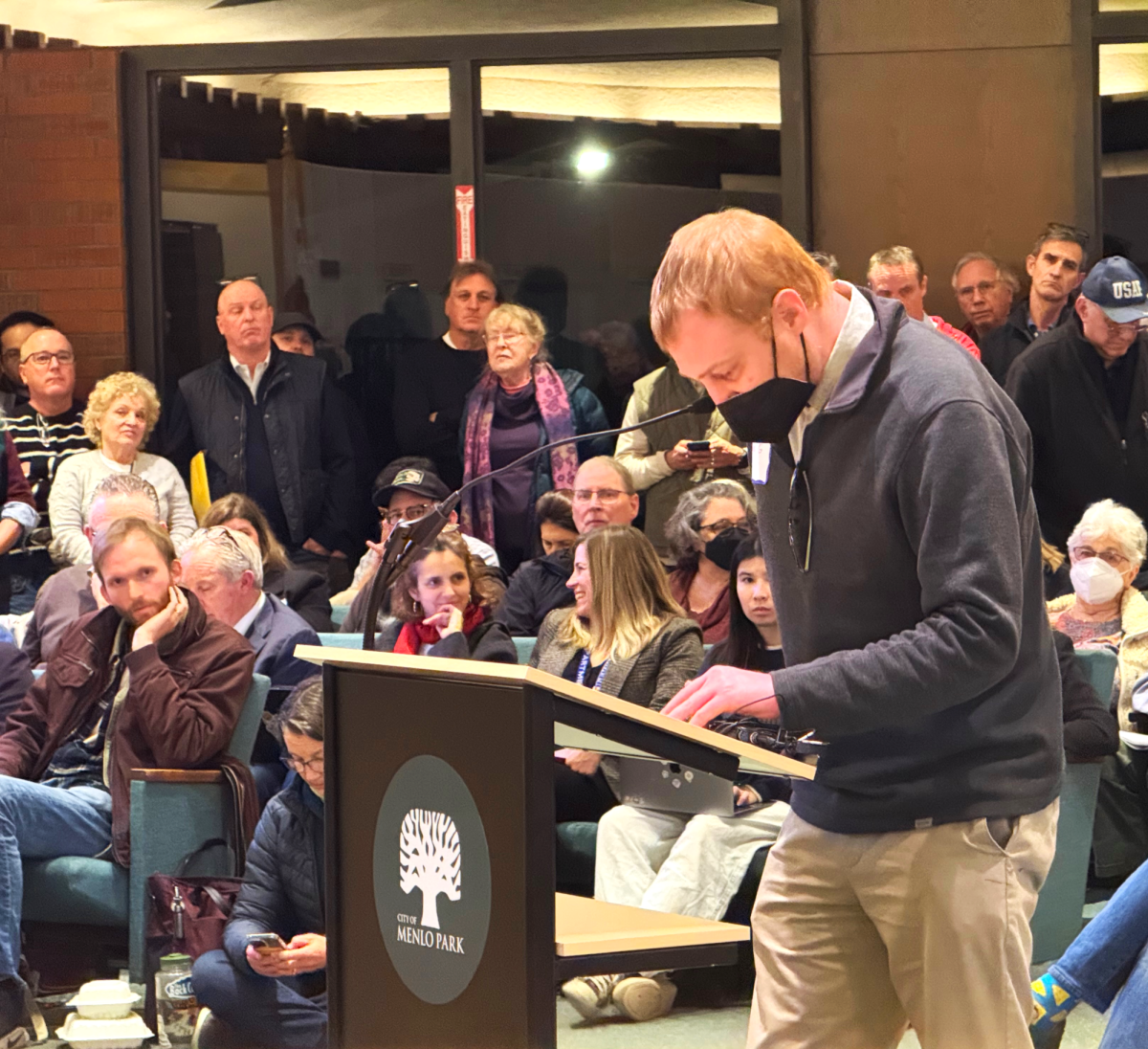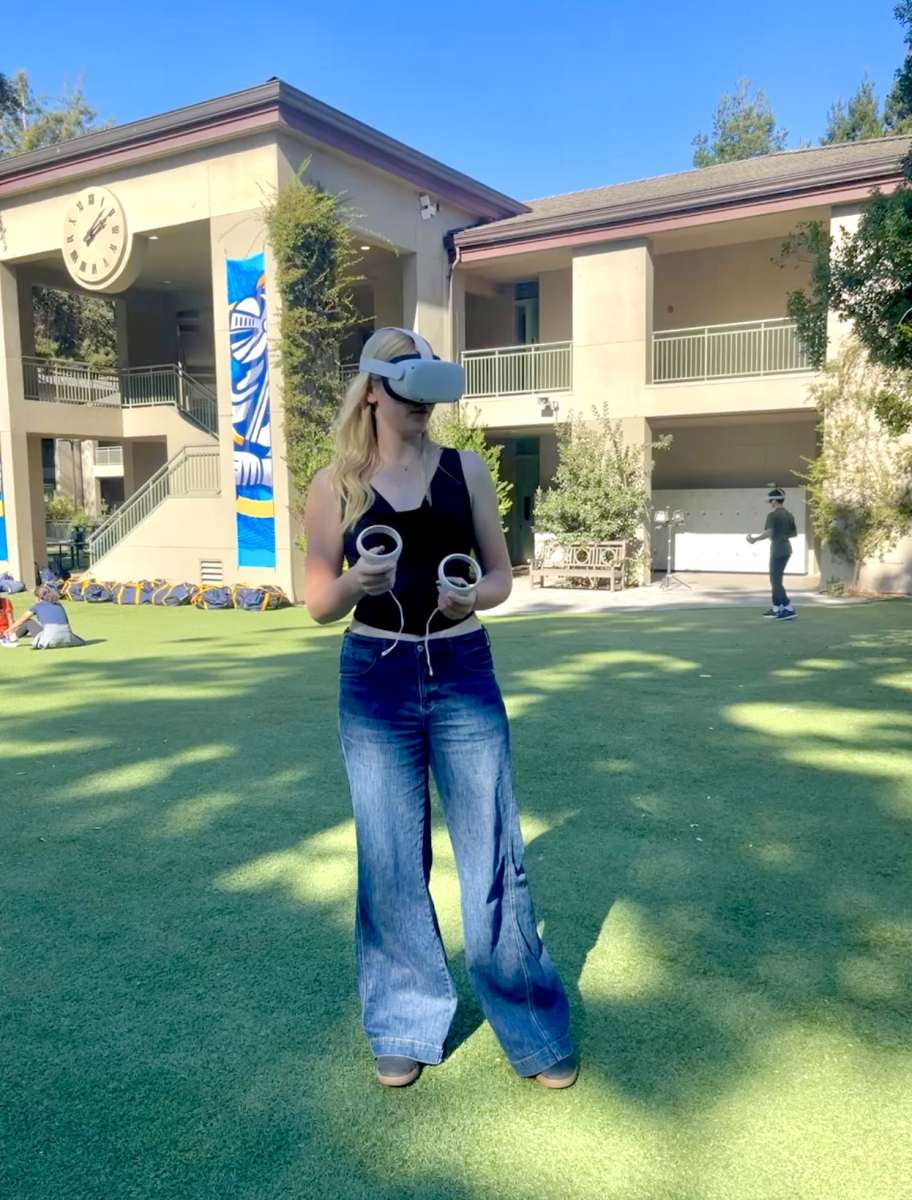In the wake of the recent school shooting at Parkland High School, protests around the country have been organized to stand in solidarity with the victims and to support gun control. Photo by Lorie Shaull on Flickr.
By Brooke Hodge and Crystal Bai
In the past few weeks, following the shooting at Parkland High School in Florida, youth activism has erupted across the United States. Action taken by young people is not a new concept; students have taken part in civil disobedience and many forms of activism throughout the history of the United States.
1935 – The American Youth Congress was a youth activist group founded in 1935, the midst of the Great Depression, following the American Youth Conference in 1934. This organization was created to rally against the draft, fascism, and other issues regarding youth in America. The youth conference was attended by a diverse group of motivated individuals. “American youth, from the Young Communist League to the Boy Scouts of America, were represented. About four hundred delegates were present, two hundred from organizations and fully half from national youth organizations. This remarkably diverse group assembled to discuss everything from war to ‘spiritual renaissance,’” Theodore Draper wrote in the New Masses magazine in 1934.
1963 – During the height of the Civil Rights Movement, the city of Birmingham, Alabama was heavily segregated. On May 2, 1963, students and youth in Birmingham took action against racial discrimination by marching. “On the first day of the protest, hundreds of children were arrested. By the second day, Commissioner of Public Safety Bull O’Connor ordered police to spray the children with powerful water hoses, hit them with batons, and threaten them with police dogs,” Kim Gilmore said in her article about the children’s crusade on Biography.com. In the following weeks, despite the violence, the students in Birmingham continued to march. “Footage and photographs of the violent crackdown in Birmingham circulated throughout the nation and the world, causing an outcry,” Gilmore said, and by May 10th “city leaders agreed to desegregate business and to free all who had been jailed during the demonstrations.”
1960s/70s – Activism in the U.S. regarding the Vietnam War started majorly on college campuses. “A small but outspoken liberal minority was making its voice heard by the end of 1965,” History.com said. Following 1965, activism and protests were gaining interests and the Students for a Democratic Society (SDS) took a major role in organizing events and gaining support. By 1967, the american casualties had reached 15,058. On October 21, 1967, a demonstration took place at Lincoln Memorial with around 100,000 protesters. It was “one of the most prominent anti-war demonstrations took place,” said History.com. On May 4, l970, a group of Kent State students in Ohio held a protest against U.S. invasion of Cambodia and according to Kent State University, The Ohio National Guard shot into the crowd; leaving four dead and nine wounded. “The event triggered a nationwide student strike that forced hundreds of colleges and universities to close,” professors Jerry Lewis and Thomas Hensley said in their article on the shooting.
2013 – In 2013, the hashtag #BlackLivesMatter began trending in response to the acquittal of Trayvon Martin’s murderer, George Zimmerman. Trayvon Martin was a 17-year-old African-American high school student fatally shot by George Zimmerman, a “neighborhood watch coordinator,” during a physical altercation between the two in 2012. “The Black Lives Matter Movement exploded onto the national scene in 2014 after the police killing of Michael Brown, 18. Many of the protesters who filled the streets of Ferguson, Missouri, were students,” Maggie Astor said in her New York Times article on the protest. “Like the students of Parkland, they were protesting gun violence — but by the police, often involving unarmed black suspects, in shootings captured on video.” Since its beginning in 2013, protests at different colleges, such as hunger strikes and boycotts at the University of Missouri in 2015 and walkouts at Boston College in 2017, have become commonplace. The Black Lives Matter movement and its activists still regularly speak out against police brutality and racial inequality in the American criminal justice system.
2017 – The day after President Donald Trump’s inauguration, January 21, 2017, marked the protest known as the Women’s March, the largest single-day protest in the U.S. since the anti-Vietnam protests in the 1960s and 70s. According to the Women’s March website, there were 673 individual marches worldwide on all seven continents, and the largest took place in Washington D.C. with around 500,000 attendees. Students around the world, both male and female, participated in the various marches to show support for human rights, including reproductive, LGBTQ+, civil, immigrant, and of course, women’s rights.








